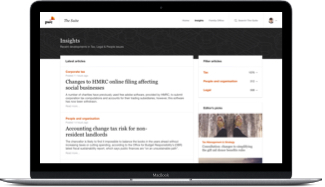The EU Council Directive 2011/16 in relation to cross-border tax arrangements, known as DAC6, has been in force since 25 June 2018. DAC6 aims at transparency and fairness in taxation.
DAC6 applies to cross-border tax arrangements, which meet one or more specified characteristics (hallmarks), and which concern either more than one EU country or an EU country and a non-EU country. It mandates a reporting obligation for these tax arrangements if in scope no matter whether the arrangement is justified according to national law.
Failure to comply with DAC6 could mean facing significant sanctions under local law in EU countries and reputational risks for businesses, individuals and intermediaries.
Therefore businesses need to understand the importance and implications of the directive and the need to act now to ensure compliance by the deadline in 2020.
What are the consequences of reporting?

